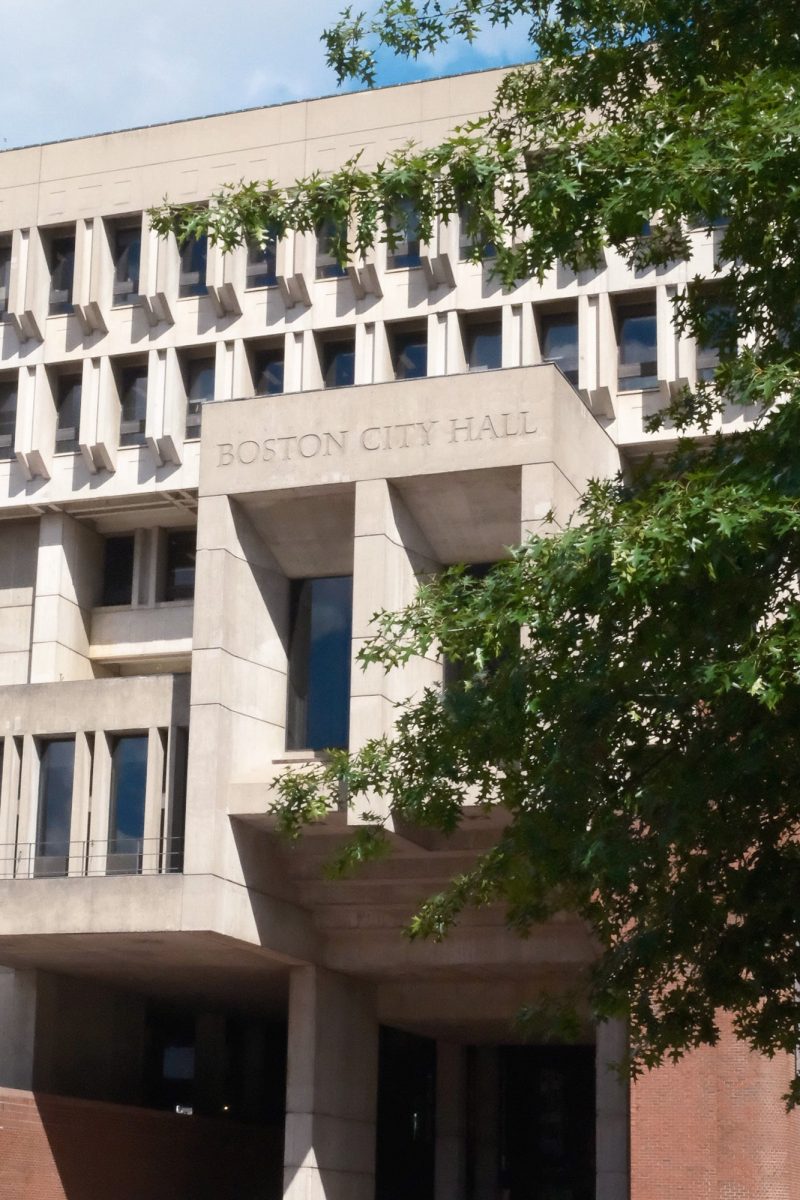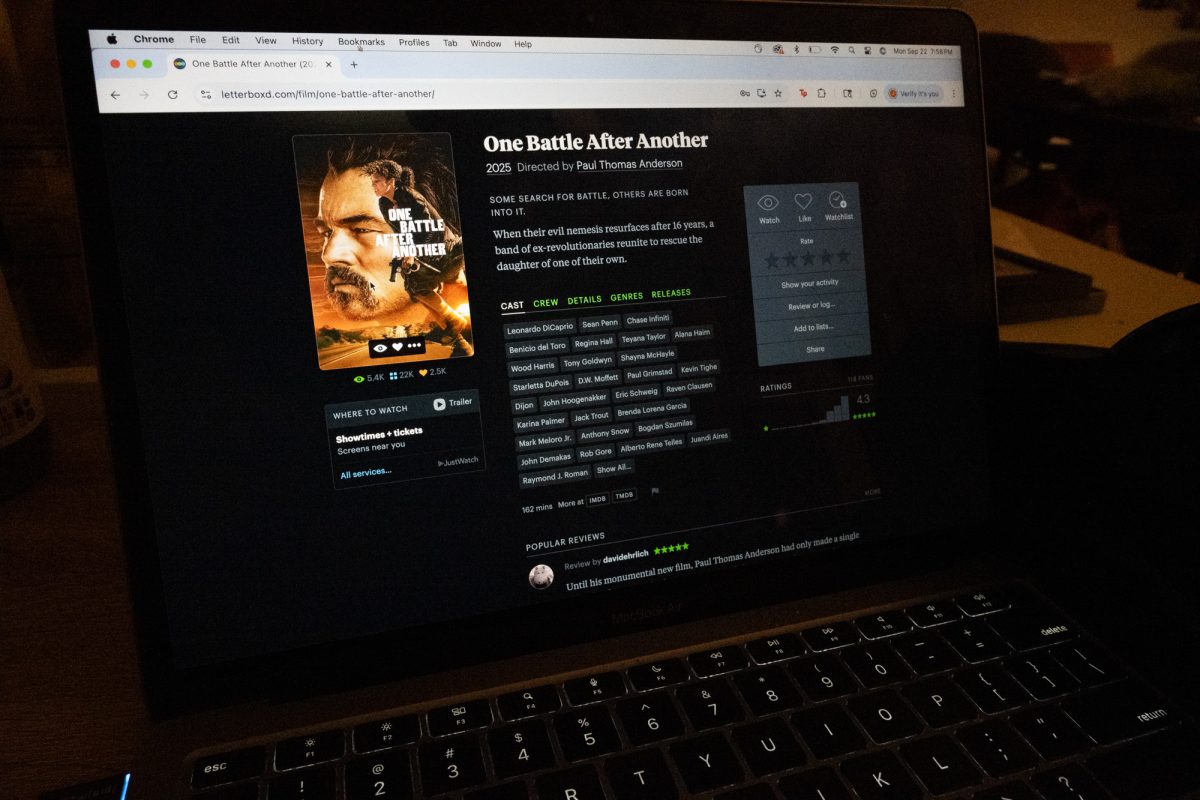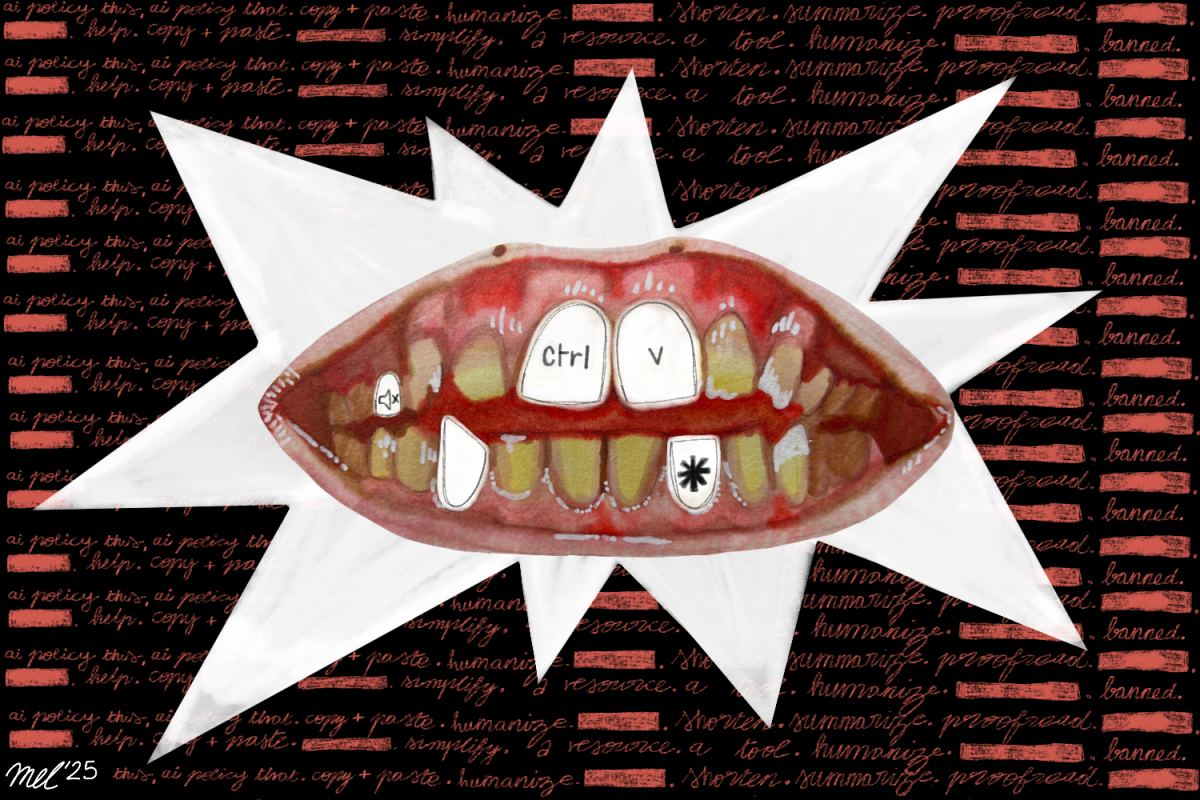For centuries, people have looked to religion for purpose, clarity and community, orienting their livelihoods around it. The ability to unify under shared belief systems offered us an advantage that propelled humanity to the top of the food chain.
Religious groups’ emigration set the stage for the founding of the United States. While the United States is secular, religious values permeate many aspects of the American experience — our currency reads “In God We Trust” and our Pledge of Allegiance references “one Nation under God.”
Recently, religious faith has been declining. In the 1950s, 1-2% of the U.S. population identified with no religion, but in 2020, this number has risen to 20%, according to a Gallup poll. The younger population is the most disconnected from religion — 21% of Generation Z described themselves as atheist or agnostic, according to a 2018 study conducted by Barna.

The COVID-19 pandemic hurt many aspects of our society, including concrete structures such as the economy and educational systems, but it may have sparked a resurgence of religious faith in the United States.
Close to 30% of American adults reported the pandemic strengthened their religious faith, according to the Pew Research Center — this is in contrast to the 4% of American adults whose personal religious faith weakened.
There are several explanations for this pattern. In these uncertain times, people’s lives were plagued with unique health, economic and social concerns, which might have encouraged them to pray and seek religious guidance.
People are more inclined to seek help from their religious organizations than their local governments because they “shape their lives around what they believe,” according to University of Southern California’s Center for Religion and Civic Culture executive director Brie Loskota.
Communities within religious institutions may have offered people comfort and community when they needed it most — religious institutions were among the first to reopen and resume in-person services.
Our communities’ dire safety concerns pushed many to tap into values that are central to religion, such as love and service to humanity. Many religious institutions spearheaded efforts to distribute grocery and disinfection supplies, administer COVID-19 testing and offer community prayers.
Additionally, the flexible nature of online religious meetings allowed more people to attend, as they had more time to commit and choose which religious programming to partake in, all from the comfort of their own home.
Bruxy Cavey, a Protestant pastor from Ontario, told the BBC his church has seen an increase in attendants, particularly from “people who wouldn’t typically feel comfortable even going to church.”

While the numbers suggest an upward trend in religious faith, the reality is more complex. The effect of the coronavirus pandemic on religion cannot be captured by the “good or bad” binary.
In several ways, religious faith was limited by the pandemic’s events. Religious institutions had to temporarily halt in-person meetings and annual celebrations, shattering routines followed by generations of people.
The general uncertainty of the pandemic has pushed everyone, even the highest authority figures, to pause and reevaluate their plans and worldly understandings. With millions of deaths globally, people have experienced relentless tests of faith. Some traumatic experiences may have resulted in disillusionment among believers.
Even those who found themselves more dependent on religion were compelled to seek new avenues to pursue their faith, given the new social restrictions.
Concurrently, social and political activism increasingly took over public conversations, particularly on social media. It has become increasingly apparent that religion has been molded to meet the needs and aims of various social movements.
Religious faith has been weaponized to perpetuate white supremacy and defend discrimination in cases of enslavement and segregation, which have contributed to today’s systemic issues.
Faith has also been used as an excuse for LGBTQ+ discrimination. In spite of small steps toward supporting LGBTQ+ communities, Pope Francis recently approved a Vatican decree that bans priests from blessing same-sex marriages.
Evolving personal, political and social views may translate to a reevaluation of personal religious views, which will then shape the religious trends we see in public life.
This phenomenon opens a new layer of questions that cannot be easily answered because of the diversity of religious faiths and highly personal nature of such experiences.
Is this rise in religious faith attributed to our need for clarity in these trying times — a temporary coping mechanism?
Will this religious spark continue to flourish as we return to normalcy?
If so, what does a religious rejuvenation mean for the country’s future?
History suggests the results of increased religious fervor are mixed: While religion can establish values and foster unity, it can also be extremely divisive and used as a justification for actions and beliefs that may hurt others.
Only time will tell whether this recent uptick is powerful enough to reverse the generational decline and affect societal frameworks — we can only reevaluate our own beliefs in the context of today, trudging forward in good faith.














































































































